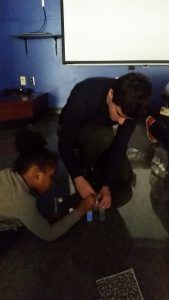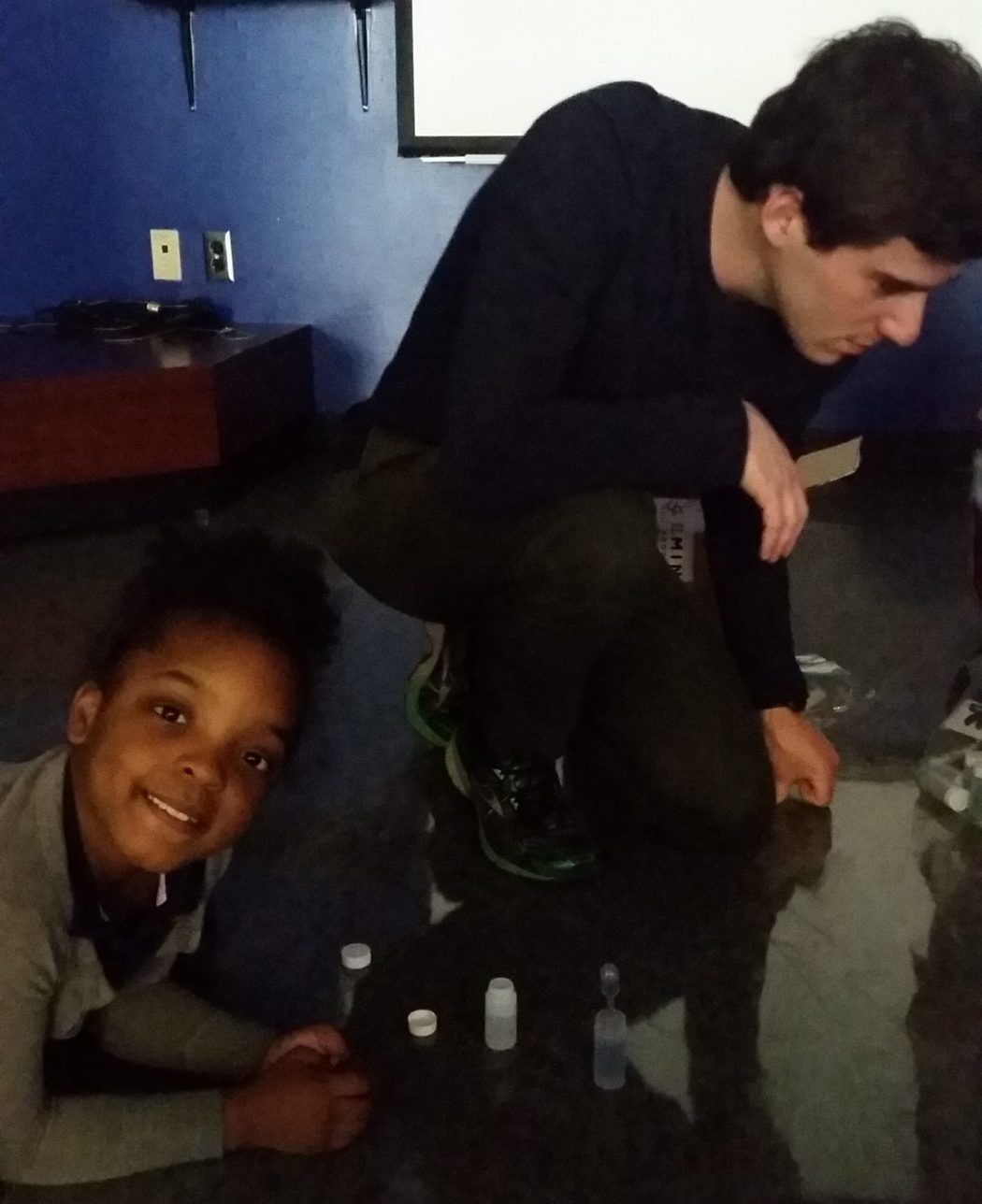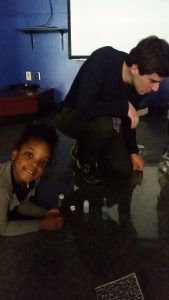Materials:
- Container to mix solutions
- Luminol solution
- Oxidizing solution
- Plastic pipettes
Activity:
Have you guys ever seen fireflies? What makes them so cool? Yes! They glow, this type of glow is called bioluminescence. Do you know what bioluminescence is? I’ll help you a bit, bio means life and luminescence means light. Therefore, bioluminescence means light produced by a living organism. Although, fireflies are not the only ones that can produce light. There are many more, like tiny organisms called dinoflagellates that live in the water of some lagoons around the world. And when you shake the water it shines, just like fireflies but in the water! We also have jellyfishes, worms, fungi and many more animals that glow. Most of these animals have a molecule called luciferin that whenever it interacts with the oxygen in the air it produces light.
Today we will recreate this reaction but in our tubes. Since animals aren’t producing the light we can’t call it bioluminescence, we call it chemiluminescence.
Here in this tube we have a chemical compound called luminol which is similar to the luciferin. And here in this other tube we have hydrogen peroxide, like the one they put on your cuts to clean them. Now hydrogen peroxide has oxygen in it, and remember that I said that oxygen helps create the light in those animals. What do you think will happen then if we add this liquid with oxygen to that one? Let’s see!
Can someone tell me why did this liquid turn the other one blue?
Student notebook:
What will happen if you add the hydrogen peroxide solution to the luminol solution?
____________________________________________________
What happen after you add the hydrogen peroxide solution to the luminol solution?
____________________________________________________



There are no comments
Add yours